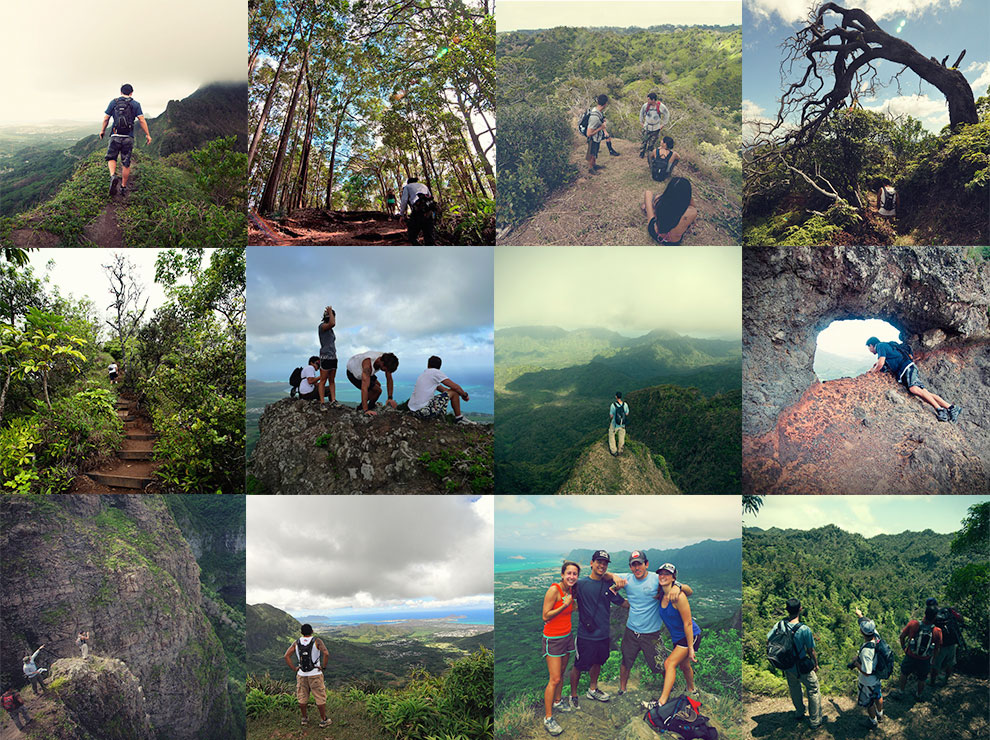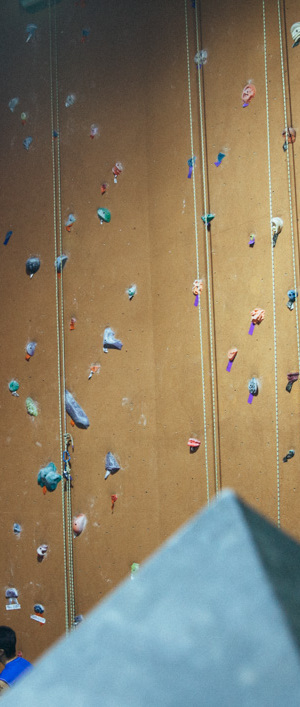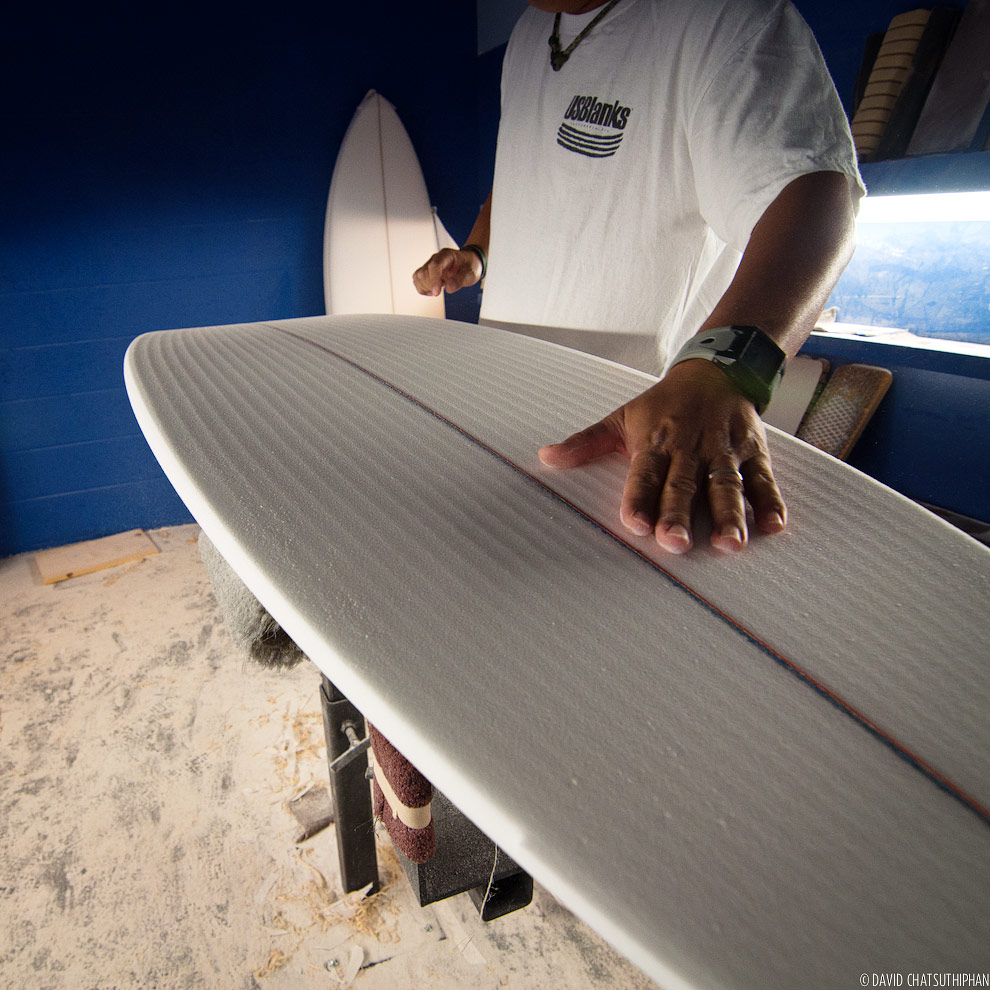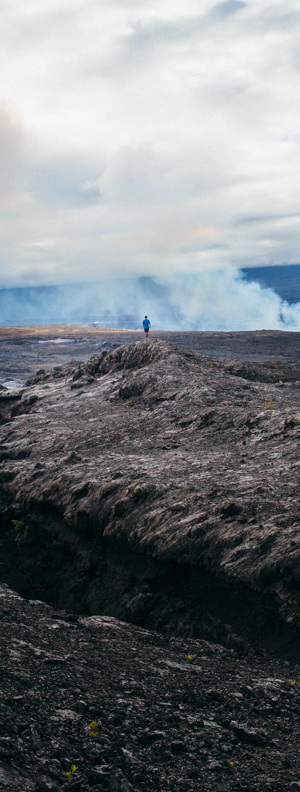
Safety concerns for hiking in Hawaii.
Hiking safety is a tricky topic because part of the appeal of hiking is to push yourself to do things that you wouldn’t ordinarily do. During a hike you have to do some risky things to get to your destination. Sometimes that involves climbing up a rock face, crossing a waist deep stream, or simply pushing your endurance limit on a very long trail. It’s through these challenging experiences that we discover our physical and mental potential and also learn our limits.
So on hikes, we take risks. That’s kind of the point.
But if you are new to hiking, it’s super important to consider hiking safety. When something goes wrong on a hike, it’s much worse than it would normally be. Even small injuries are a big deal. For example, if you twist your ankle on a basketball court, you can just limp to your car and drive to the emergency room. On a hike, if you bust your ankle, you need to call for a helicopter. Yep, a helicopter. Then you get to read about your injury on the news and see all the comments on the news websites and Facebook where people will make fun of you and blame you for wasting their tax dollars. All that for a sprained ankle. Now imagine the consequences of a more severe injury.
Aside: I witnessed a helicopter rescue at the Makapuu tidepools. They were pros.
Since I have all this hiking info on my blog, I wanted to make sure that people know that hiking safety is a big deal to me. Here are a few things I think are important to keep in mind.
Be mindful of each step.
Hiking, in general, is pretty simple. It involves walking on rugged terrain. Sometimes you walk uphill, sometimes you walk downhill. But, I encourage new hikers to take it more seriously than that. You do not want to be stuck on a trail, miles from civilization, with a twisted ankle.
The trails in Hawaii are bumpy, full of holes, sometimes made up of loose slippery gravel and many times overgrown (which hides holes in the ground). I’ve seen many friends walk on trails like it’s a sidewalk. They’ve got their eyes up or looking at the scenery, not paying attention to the terrain, and tripping all over the place.
When I hike, I’m mindful of almost every step I take. Especially on narrow ridges. For each step I take I try to think about where my foot will land, what angle I should place my foot, if I should put it down with my heel or toe and I also think about where the next few steps will be. I’m always trying to spot holes I might step in or roots that might trip me. It sounds like a lot of work but the process becomes second nature after a while.
When using a rope.
Don’t trust it. The ropes out there are old and weathered. Try not to put 100% of your weight on the rope if you don’t have to. And while climbing up or down a rope, look around for branches and roots to grab onto in case the rope were to snap. Think of the rope as an aide.
Hike in a small group of people you know.
I know this isn’t always possible but, it’s much safer to hike with people who know you and care about you than with strangers. Friends are more likely to watch each other’s back, wait up for each other and be willing to take breaks whenever someone needs a rest. Smaller groups also work better because it’s easier to keep track of people.
Know your limits.
If you get really bad vertigo from heights, certain trails with narrow ridges may not be so good for you. If you are not so good with directions (like myself), you should stick to well known and well defined trails. I know I started this post by writing about how hiking is all about pushing ourselves but we must also be honest with ourselves and know when to pass on a hike that might be beyond our skill level.
If you are scared of heights, hiking is not the best way to face your fear. Rock climbing (where you’re on a rope) or skydiving (where you have a parachute) are much safer options. If you’re very competitive, you probably want to tame that tendency when hiking. It can lead to bad decisions. There are plenty of safer ways to compete with others.
Read the “Hiking Saftey in Hawaii” brochure.
I picked this up from the DLNR a little while back. I couldn’t find it available anywhere online so here it is.











